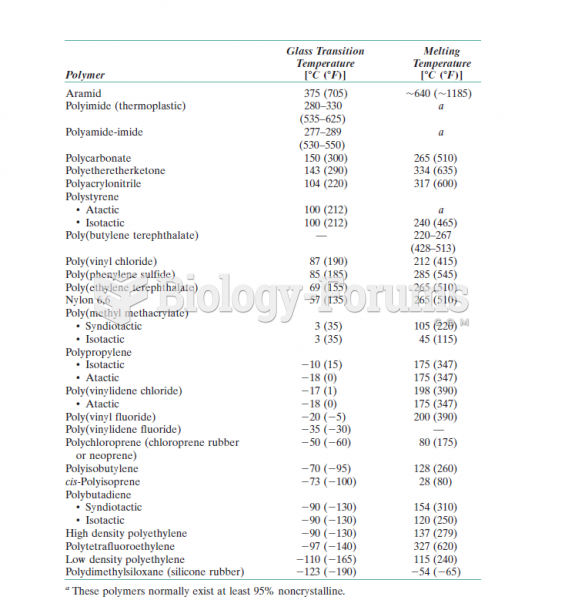Answer to Question 1
Answer: disposable
Answer to Question 2
YES
Davis, Young-Duncan, Gartley and Fleury are law-abiding, credible, and neutral witnesses. None knew Bryant. None of their statements were influenced by the statements of the others. Their testimony would have worked in concert to create a credible scenario in which the cause of Jones' death was a gunshot wound to the head perpetrated by a small group of unidentified Hispanic males driving a white Cadillac, not Bryant's actions. A jury hearing their testimony could have reasonably concluded that Jones sustained a gunshot wound to the left temple and that the state's medical examiner's autopsy was potentially incomplete or inaccurate. The decision to not call these four witnesses was not a matter of sound trial strategy within the wide range of reasonable professional assistance. A defendant has a right to introduce evidence that someone other than the defendant committed the crime. The defendant must, however, present evidence that directly connects a third party to the crime. It is not enough to show that another had the motive to commit the crime nor is it enough to raise a bare suspicion that some other person may have committed the crime of which the defendant is accused. It is not ineffective assistance of counsel to decline to pursue a third-party culpability defense when there is insufficient evidence to support that defense. But the testimony of the four disinterested witnesses, when considered as a whole, raises more than a bare suspicion of third-party culpability. The failure to present their relevant, plausible third-party culpability defense evidence constituted deficient performance on Smith's part. The medical examiner's testimony was not irrefutable. Though his observed injuries suffered by Jones were inconsistent with a motor vehicle accident, and he did not find evidence of a gunshot wound, the failure to call Young-Duncan and Gartley left the medical examiner's conclusion largely uncontested. Without that testimony, the jury never had to reconcile how two trained emergency medical technicians observed a pencil sized entry and exit gunshot wound to the head moments after their arrival at the scene. It is also difficult to explain how Davis, a former Marine and disinterested witness, who saw the entire incident, never saw a supposedly savage and deadly beating taking place in his presence. The court concluded that but for the deficient performance of Bryant's trial counsel, there was a reasonable probability sufficient to undermine confidence in the jury's verdict, and, as a result, Bryant received ineffective assistance of counsel in violation of his rights.







